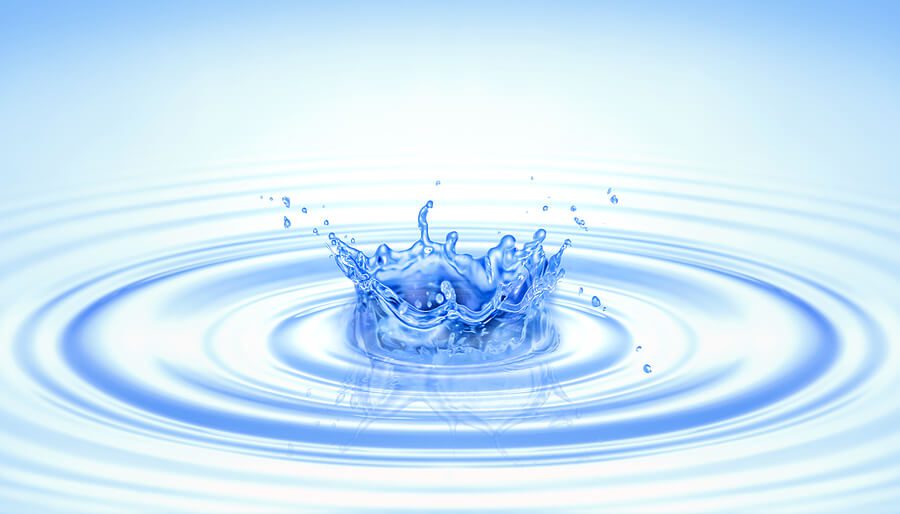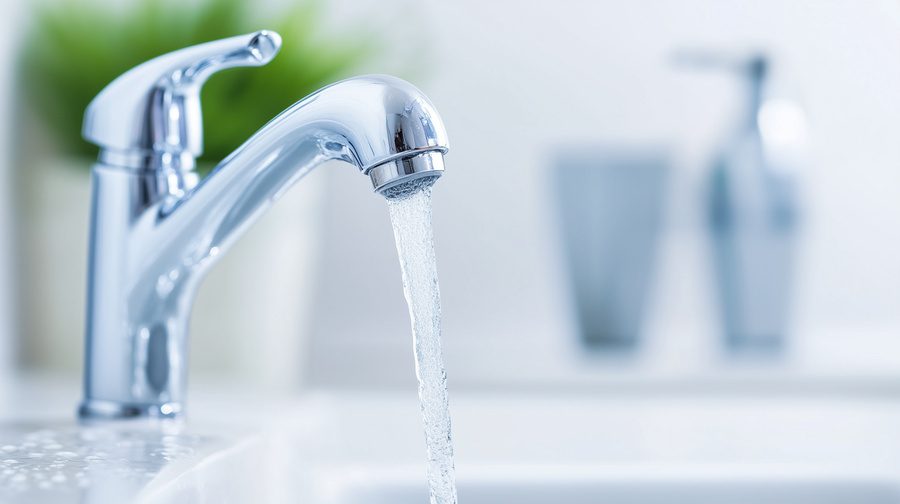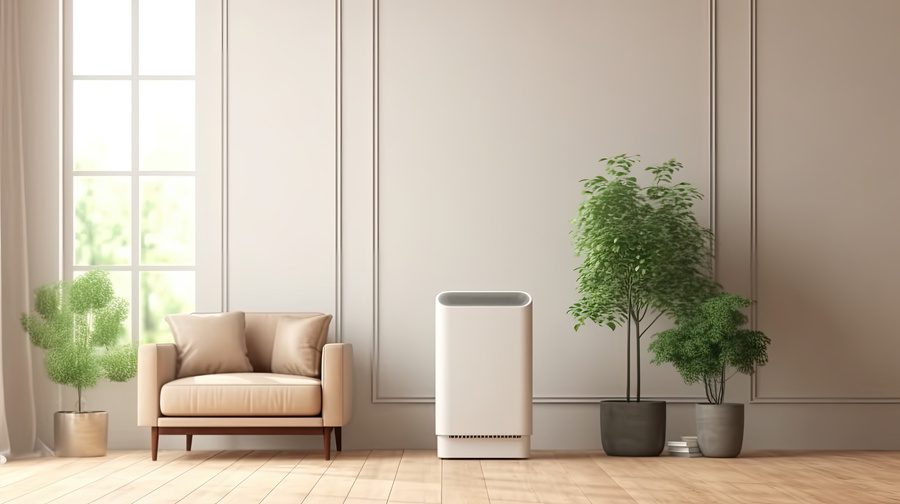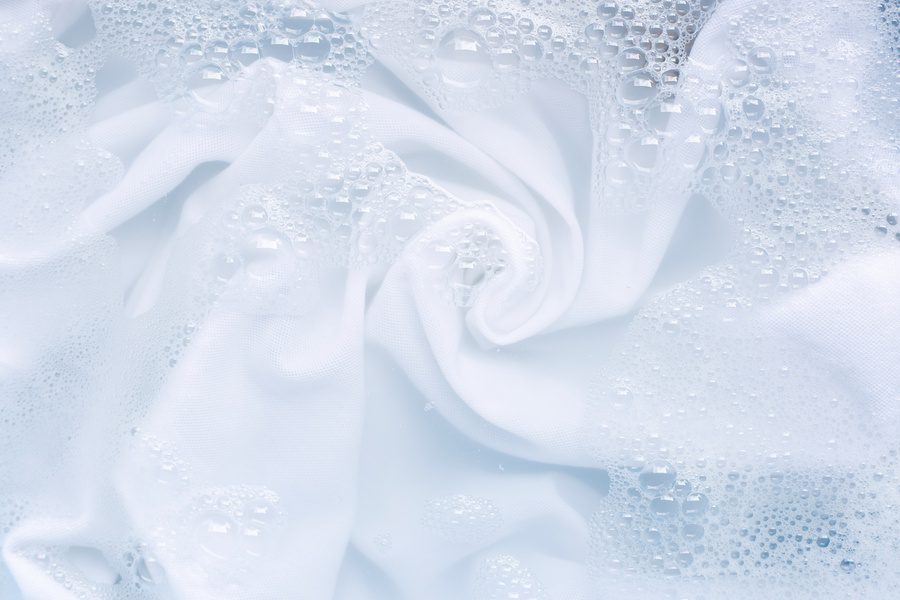Around 69% of Americans prefer bottled water over tap for many different reasons. Yet with a looming climate crisis and the physical health risks that can come along with drinking bottled water, a whole home water filtration system installation can greatly improve a family’s quality of life. These purifiers have multi-tier layers of defense that work to block sediment from the ground from entering your home’s water, which improves smell, taste, and overall quality. These systems also soften the water used for showering and bathing since a whole home water filtration system installation means that the entirety of a home’s water supply is filtered. Soft water has many benefits to your skin and overall health, meaning that scheduling a water filtration installation can give your family the peace of mind that comes with healthy and tasty drinking water, as well as the comfort of soft water. To get a better understanding of the benefits of having a whole home water filtration system, check out the list below.
Reasons to Schedule a Water Filtration Installation
1. You can ditch plastic.
Plastic water bottles might have the great, neutral taste and smell you’re after, but it won’t take long for the cost to add up. Having to go back and forth to the grocery store to buy cases of water bottles for your household adds unnecessary costs to your weekly or monthly bill. Bottled water doesn’t contain fluoride, the same substance that’s used to strengthen teeth in toothpaste. Fluoride is proven to prevent cavities and tooth decay. What’s more, if bottled water is exposed to high temperatures, BPA — the chemical compound in plastic — can heat up and break down, leaking into the water, which can be dangerous for your health. A water filtration installation eliminates all these risks and costs, providing you with even better and safer water directly from the sink or faucet.
2. You can help save the planet.
Plastic is gravely detrimental to the planet. Since it’s artificial, it isn’t biodegradable, and its many chemical compounds elongate its decomposition, making it, so that plastic waste sits in landfills for years, emitting carbon into the atmosphere, harming our ozone layer and the planet. Plastic is also the most commonly littered packaging, which means that it ends up in our oceans, forests, and other biodiverse areas, negatively impacting the wildlife — including their food chain supply and habitats. By scheduling a whole home water filtration system installation, you’re eliminating your family’s reliance on plastic, minimizing the waste you accumulate, and helping to safeguard the planet.
3. Your water will taste better.
Many Americans are dissatisfied with the taste and smell of their drinking and bathing water. When someone doesn’t enjoy the taste or smell of their drinking water, they’re less inclined to drink it, which leads to the purchasing of plastic water bottles or dehydration from a lack of water. Smelly water is usually from high levels of sulfur, while other minerals, such as magnesium, calcium, or limestone, can heighten those smells or make water hard. Beyond being unpleasant, ingesting smelly water can lead to gastrointestinal discomfort. Bathing in water that has a stench won’t do much in the way of making you feel clean, so a whole home water filtration system installation can provide safe and clean bathing water, allowing you to feel clean, calm, and healthy.
4. You’ll enjoy softer and healthier skin.
The benefits of water softener on the skin are vast. Soft water leads to soft skin and eliminating heavy minerals with a water filtration installation minimizes the chance of your pores getting clogged, keeping your skin fresh and healthy. If you or someone in your family has sensitive skin, they’ll be less prone to dryness and itchiness with a whole home water filtration system because the same water you use to wash the dishes, clean your hands, and shower will be rid of minerals.
If you’re interested in softer, safer, and tastier water in the Jacksonville, Florida, region, contact RainSoft today for a consultation.








